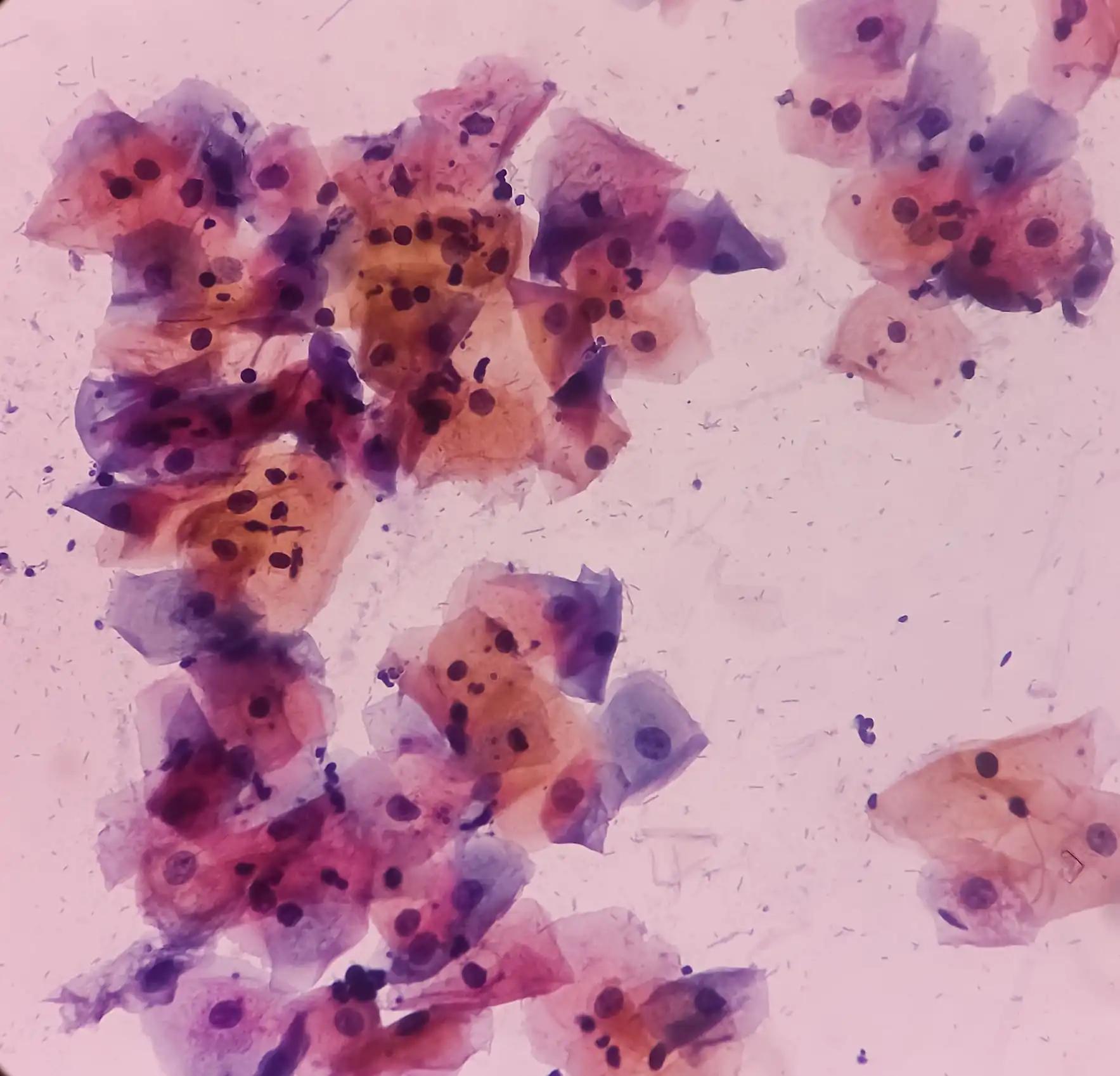KEY TAKEAWAYS
- The study aimed to investigate the microbial variations and biomarkers in the vaginal and oral environments of HPV-infected individuals with CC.
- Researchers noticed the impact of HPV infection and CC on both vaginal and oral microenvironments.
Wei Zhang and the team aimed to was to assess the microbial variations and biomarkers in the vaginal and oral environments of patients with human papillomavirus (HPV) infection and cervical cancer (CC) to develop novel prediction models.
They performed an inclusive analysis involving 164 samples collected from both the vaginal tract and oral subgingival plaque of 82 women. The participants were categorized into four distinct groups based on their vaginal and oral samples: the control group (Z/KZ, n = 22), the abortion group (AB/KAB, n = 17), the HPV-infected group (HP/KHP, n = 21), and CC group (CC/KCC, n = 22). Microbiota analysis was conducted using full-length 16S rDNA gene sequencing with the PacBio platform.
The vaginal bacterial community in the Z and AB groups exhibits a relatively simple structure predominantly dominated by Lactobacillus. However, the CC group shows a high abundance of anaerobic bacteria and alpha diversity. Biomarkers such as Bacteroides, Mycoplasma, Bacillus, Dialister, Porphyromonas, Anaerococcus, and Prevotella were identified as indicators of CC.
Correlations were established between elevated blood C-reactive protein (CRP) levels and local/systemic inflammation, pregnancy, childbirth, and abortion, which contribute to unevenness in the vaginal microenvironment. The altered microbial diversity in the CC group was confirmed by amino acid metabolism. Oral microbial diversity exhibited an inverse pattern to that of the vaginal microbiome, indicating a unique relationship.
The microbial diversity of the KCC group was significantly lower than that of the KZ group, indicating a link between oral health and cancer development. Several microbes, including Fusobacterium, Campylobacter, Capnocytophaga, Veillonella, Streptococcus, Lachnoanaerobaculum, Propionibacterium, Prevotella, Lactobacillus, and Neisseria, were identified as CC biomarkers.
Moreover, periodontal pathogens were associated with blood CRP levels and oral hygiene conditions. Elevated oral microbial amino acid metabolism in the CC group was closely linked to the presence of pathogens. Positive correlations indicated a synergistic relationship between vaginal and oral bacteria.
The study concluded that HPV infection and CC significantly influence both vaginal and oral microenvironments, impacting systemic metabolism and the interaction between bacteria. These findings suggest the potential utility of oral flora markers as a screening tool for the diagnosis of CC.
This study was sponsored by the Health Industry Scientific Research Program of Gansu Province, China, Natural Science Foundation of Gansu Province, China, Project of the First Hospital of Lanzhou University.
Source: https://pubmed.ncbi.nlm.nih.gov/38685022/
Zhang W, Yin Y, Jiang Y, et al. (2024). “Relationship between vaginal and oral microbiome in patients of human papillomavirus (HPV) infection and cervical cancer.” J Transl Med. 2024 Apr 29;22(1):396. doi: 10.1186/s12967-024-05124-8. PMID: 38685022; PMCID: PMC11059664.



